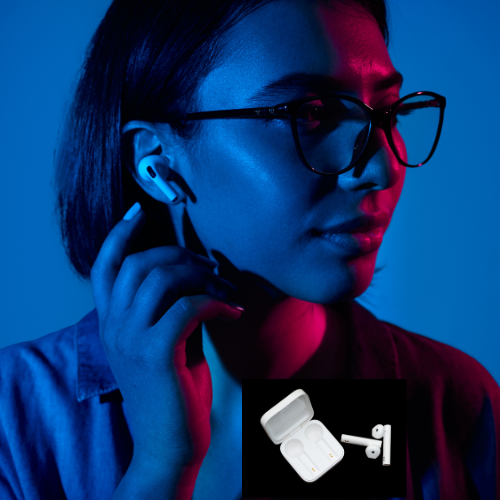Ready or not, AI technology is creeping into our schools. Fortunately, it’s not as dramatic as the sudden need for virtual teaching that was thrust upon teachers during the pandemic. However, this could be good news for bilingual classrooms. Certain districts have attempted to solve the challenge that teachers of bilingual and multi-lingual classrooms face daily.
Anyone who has attempted to teach a lesson in two languages at the same time understands one thing – it ain’t easy. This is the challenge I faced every day in my transitional bilingual classroom. Even though my classroom is populated by native Spanish speakers, their degree of proficiency in English varies. Some are more comfortable with English than their first language. Others don’t understand it at all. Switching between languages while teaching multiplication strategies doubles the limited time we have for our Math period. Many times I find myself teaching predominantly in one language while throwing sprinkles of explanation in the other language during whole group. Then, I fill in the rest in small group instruction. This does little to help the time management issue, but I suppose that’s just the nature of the beast.
AI-Powered Earbuds in the Bilingual Classroom
However, with the great influx of non-English speakers arriving to our schools, the need for a solution will continue to increase. The need is compounded when taking into consideration the severe shortage of qualified bilingual teachers in the country. How are we going to meet the needs of the English Language Learners? Timekettle, a language technology company, has developed what they believe may be a solution. Using Artificial Intelligence technology, they have created a way a teacher can teach in English to a heterogeneous group of language speakers. The teacher and students wear earbuds hooked up to an AI translating device. While the teacher speaks, the tool has the capacity to translate up to 5 different languages at one time. Each student can hear his own language, as well as see it transcribed on an app. Its multi-directional capability also translates the students’ responses for the teacher.
The Risk of Over-Reliance
While I definitely see the benefits of this AI technology in the classroom, I must say that I have my concerns. Throughout the years I have seen certain students spend years in the bilingual program and not reach the level of proficiency in English needed to transition to the general population. It may be that the teachers who speak the students’ native language, predominantly use that language with them to make them feel comfortable. I certainly have had students who, upon first meeting me, spoke to me in English. However, when they realized I could speak Spanish, they never spoke to me in English again. I wonder if the use of technology would diminish the urgency of learning English. Would students lean more towards the side of comfort and convenience?
I would certainly understand that inclination. Learning Math, Reading, Writing, Social Studies and Science is challenging enough without trying to do it in a second language. However, living in a country where nearly everything and everyone you encounter is English speaking, the need to learn English at high proficiency is very important to be able to function well. I wouldn’t want this technology to become a crutch.
Check out this video about how schools have implemented this technology.



